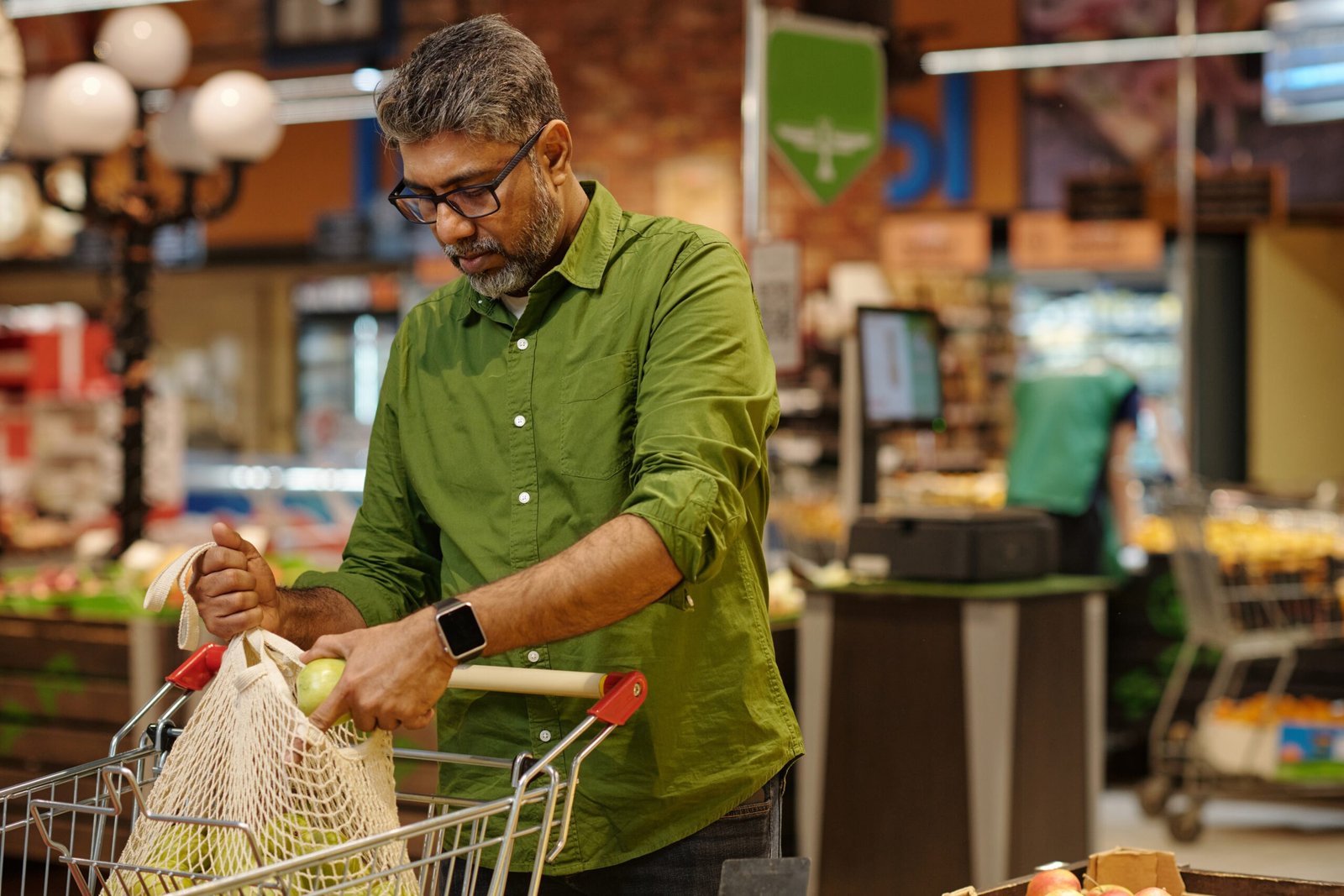- Supermarkets are expanding their global food sections to reflect the preferences of growing immigrant communities.
- Labor shortages linked to migration policies are changing how stores source and price their produce.
Supermarkets Respond to a Changing Customer Base
Supermarkets across North America and Europe are rearranging their aisles to include ingredients such as plantains, curry leaves, yucca, and okra. Retailers are analyzing local census data and online search trends to respond to changing demand. These multicultural products are increasingly displayed alongside mainstream staples instead of being placed in isolated ethnic sections.
Retailers Adjust Aisles to Reflect Diversity
Chains like Walmart, Tesco, and Kroger are now dedicating more shelf space to Latin American, African, and Southeast Asian ingredients. Products such as tortillas, cassava, kimchi, and spice blends from across the globe are becoming easier to find during everyday shopping trips. At the same time, ethnic supermarket chains like H Mart and 99 Ranch are expanding in major cities to meet demand for culturally specific items.
Consumer interest in ingredients like tajín, gochujang, and fresh curry leaves is being tracked by analytic firms and used to fine-tune shelf planning. This approach helps avoid stockouts during holidays and religious festivals. For smaller producers—especially immigrant-owned brands—it opens up new opportunities to be featured in major retail chains.
These changes are not only logistical responses but also cultural markers of shifting identities. As immigrant communities grow and diversify, the supermarket becomes a reflection of this social evolution. What was once considered niche is now essential. The presence of global ingredients in everyday grocery aisles signals a broader recognition of culinary integration—not as a trend, but as a new normal. For many second-generation families, these items are no longer “ethnic foods” but simply dinner. Supermarkets that adapt are not just expanding their offerings, they are reshaping what “mainstream” means in food retail.
Migration Affects Supply Chains and Pricing
A large portion of agricultural labor in the United States depends on seasonal and migrant workers. Recent immigration enforcement in states like California has disrupted this supply. According to Courthouse News, raids and policy changes have made it harder to harvest crops like strawberries, lettuce, and other produce that require manual labor.
Retailers have responded by sourcing produce from different regions and increasing their reliance on imports. This has led to changes in pricing and availability. To maintain consistency, grocery chains are adapting supply routes and diversifying partnerships with suppliers across borders.
These shelf updates go beyond consumer trends. They highlight the ongoing relationship between food, culture, labor, and access—and how migration continues to shape what we eat and how we shop.
Jacob Anderson is a food journalist at EatGazette.com, covering culinary trends, food culture, and sustainability. He discovered his passion for storytelling while earning his journalism degree at the University of Wisconsin–Madison, where he first began exploring the deeper stories behind what we eat.


